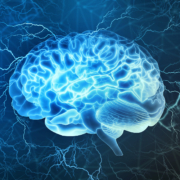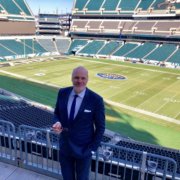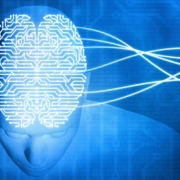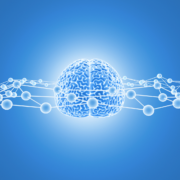This is your brain on love
The opening song to Andrew Lloyd Webber’s 1989 musical, “Aspects of Love” had it pegged from the beginning.
The song, titled, “Love changes everything,” waxes poetic about the ways in which love turns our worlds around, about how love will never ever let us be the same. It turns out, there’s some serious brain science to back this up.
Much of this research has come out in the last few years.
One of these studies showed that during the early stages of intense romantic love, a primitive part of the brain’s reward system is activated first, according to Dr. Lucy Brown, a neuroscientist and professor of neurology at Einstein College of Medicine in New York.
Brown and colleagues used functional magnetic resonance imaging (fMRI) to study 10 women and seven men who were head-over-heels in love, based on their scores on a 14-item questionnaire designed to assess the cognitive, emotional, and behavioral aspects of passionate love.
Participants in Brown’s study viewed a photograph of their beloved and a photograph of a familiar person. When viewing the photo of their romantic partner, participants experienced brain activation in the midbrain’s ventral tegmental area (VTA), which is the part of the brain connected to meeting basic needs such as drinking when we’re thirsty and eating when we’re hungry.
“It’s the area of the brain that controls things like swallowing and other basic reflexes,” Dr. Brown told the American Psychological Association. “While we often think about romantic love as this euphoric, amorphous thing and as a complex emotion, the activation we see in this very basic part of the brain is telling us that romantic love is actually a drive to fulfill a basic need.”
Dr. Stephanie Cacioppo, PhD, author of Wired for Love: A Neuroscientist’s Journey Through Romance, Loss, and the Essence of Human Connection, conducted other studies on the subject.
Through a separate fMRI study, Dr. Cacioppo’s team discovered that several areas of the brain work together to release chemicals such as dopamine, oxytocin, and adrenaline. Her findings indicated that the amygdala, hippocampus, and prefrontal cortex demonstrated increased brain activity when talking about a loved one.
Dr. Cacioppo’s research also suggested that serotonin levels drop when we are in love. Low levels of serotonin are common among those with anxiety and obsessive-compulsive disorders—both behaviors that “lovestruck” people exhibit in the early days of an intense relationship.
“From a neuroscientific viewpoint, we can really say that love blossoms in the brain,” she said.
Dr. Cacioppo’s book was reviewed and unpacked in this article from The New York Times.
Brain scientists and other researchers have been looking into how love changes our brains for years. This article references research at Harvard Medical School in 2015, and other research projects date back farther than that. More research, including new projects from Dr. Cacioppo and Dr. Brown, is on the horizon.
Of course, you can conduct your own rudimentary research on this subject on this Valentine’s Day. If you have a partner, pay attention to what’s happening in your brain as you celebrate. If you don’t have a partner, take note of how you feel when you watch a romantic movie.
Love can, in fact, change everything. At least for a while.









